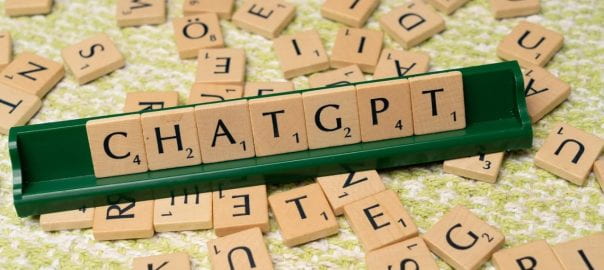
Reversal of Burden of Proof in Patent Infringement: The Curious Case of Singapore’s Implementation of Article 34 of the TRIPS Agreement
While the TRIPS Agreement is widely known for setting substantive standards of intellectual property (IP) protection, less attention is paid to its few procedural provisions. Among them is Article 34, which addresses the burden of proof in civil proceedings concerning infringement of process patents. Article 34 introduces a limited reversal of the usual rule that places the burden of proof on the party asserting a fact. Instead, in certain process patent infringement cases, the burden shifts to the defendant.
This blog post summarises my recent article published in the Singapore Academy of Law Journal, which unpacks the raison d’être for Article 34, critiques Singapore’s curious implementation of Article 34 and proposes reform to the Singapore provision.





